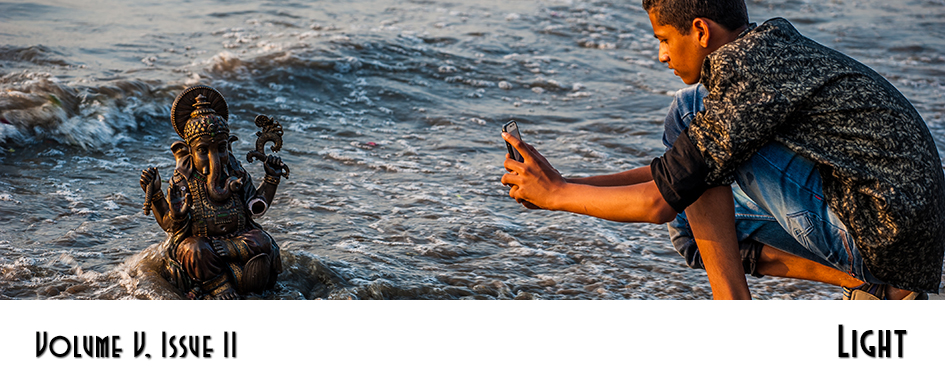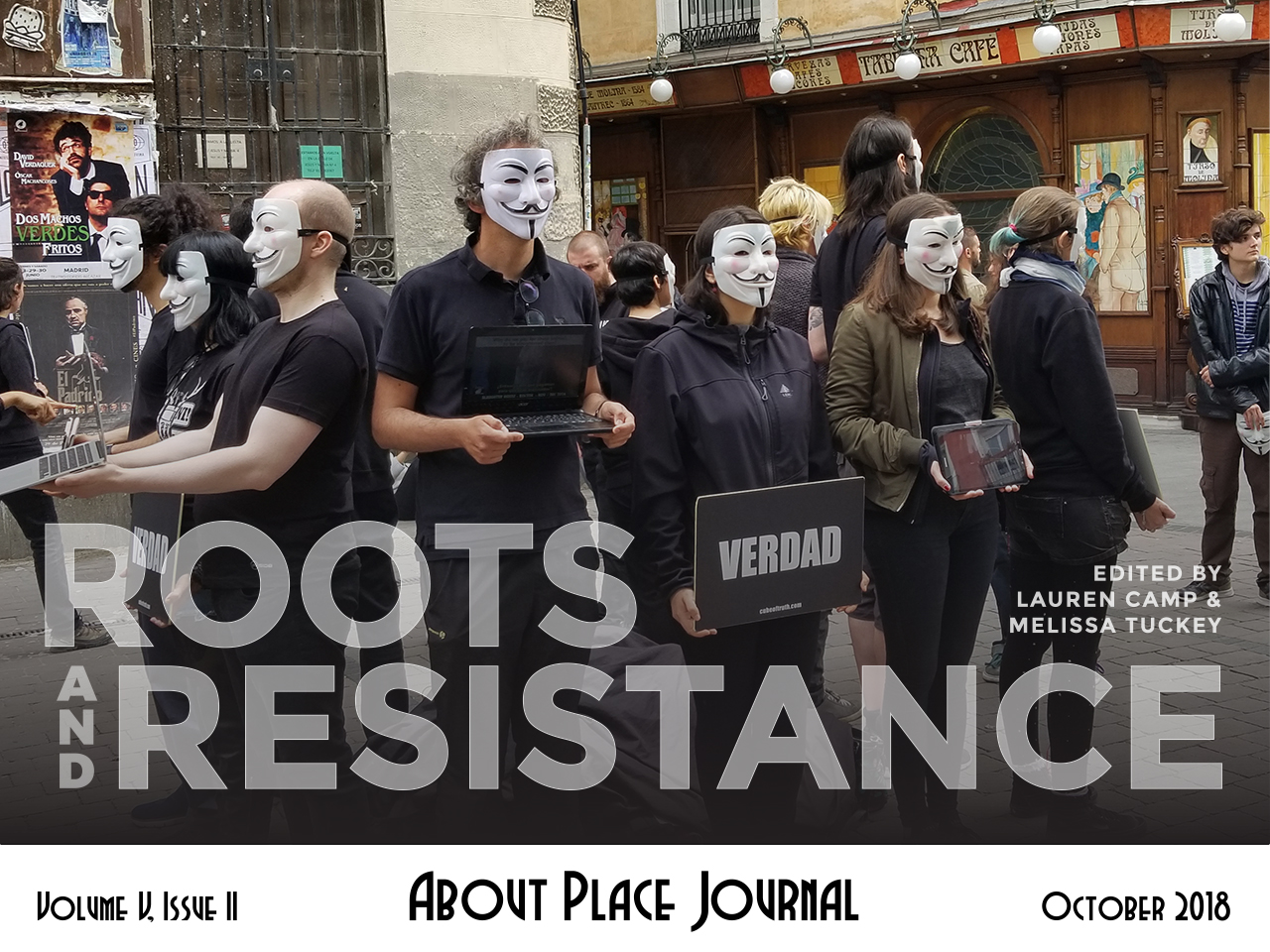“Breathe,” she said, keeping a firm grip on my right hand as she led me down the stairs and across the street into our living room.
Releasing my hand, she looked at my face and said, “You still look kind of green,” apprehension evident in her voice. “How ya doin’?”
I considered for a moment, easily slipping back into the feelings of dread and confusion that had blocked coherent thought. Feeling wobbly on my feet I sank to the nearby couch, sliding down until my head rested on the back. I stared at the ceiling. Laura joined me, sitting close. I could feel the warmth of her thigh touching mine through our light cotton pants.
“That sucked big-time,” I said. “I couldn’t blink. It was like my eyes were glued wide open. I was paralyzed.”
“Yeah, I know,” she said. “A couple of times I tried to get you to leave but you just sat there, that thing across your legs. It was like you couldn’t hear me. I was so scared for you. I didn’t know what to do so I ran home and called my dad. He told me to get you out of there immediately.”
“How long did I sit there?” I asked.
“Oh, maybe half an hour. He thought you might be having a panic attack. Have you ever had one?” Laura asked.
“No.”
“When I came back I shouted your name over and over, but you didn’t respond,” she said. “I finally snatched the damn thing off your lap and flung it across the room. That seemed to startle you out of your fog.”
“I vaguely remember hearing my name,” I said. “It was like my ears were full of thick sludge. Jim’s brother was saying something as we were leaving. All I got was his derisive tone. What did he say?”
“He said ‘What’s the matter with her? It’s just a flag.’”
“Laura, you just can’t imagine how surreal it was to hold a genuine Nazi flag in my hands,” I said as I sat up. “The pressure of the swastika on my body made me feel as if I was physically connected to all the evil it represents. It was like actually being touched by those people.”
Laura said, “When Jim’s brother teased that he had something really cool to show us, I was curious. Even after he pulled out the red mass of fabric I never guessed what it was. But when he tossed it into your lap and it slid open revealing the swastika, I was kind of shocked. But not like you. You became almost catatonic.”
“What the hell was he thinking?” I said, my voice strident.
“He’s only 15. I bet he was just trying to show off to two good-lookin’ older women,” she replied, her weak attempt at humor unsuccessful at changing my mood.
“We’re not that old,” I said. “Well, I suppose 20 seems old to him. I wonder if he knows I’m Jewish. Do you think that’s why he brought it out?”
“I don’t know. Jim could have told him.”
Jim, my current boyfriend, was a goofy, still-living-at-home, freckle-faced surfer-boy. We had been seeing each other for several months under the scornful watch of his highly religious Catholic parents. They weren’t happy about the three college-aged hippie girls who lived in the run-down Victorian just across the way on Storey Street. Jim had introduced me to them but no dinner invitations were offered and the two of us primarily hung out at my house.
When my roommates were away, I’d spend evenings drawing him as he lay naked on the couch smoking a joint. His kisses were soft and eager, tasting of the sea. His clothes always smelled of epoxy, residue from his part-time job making surfboards and fabric softener—mom still washed his clothes. We made love with the intensity of delighted children and afterward he would gaze into my eyes as if he was examining my soul.
Occasionally Jim’s younger brother came over after school. He’d flirt with my other roommate, Kimmy, who found him obnoxious.
Jim had invited Laura and me over that Friday afternoon, promising to raid his father’s liquor cabinet and make fancy mixed drinks while his parents were away for the weekend. He led us up a steep flight of stairs to his attic bedroom. Posters of Jimmy Cliff and The Doors stood sentry over his mattress on the floor. Out of the room to make our drinks, he had missed the flag incident completely.
Within a few minutes Jim was at our door.
“What happened?” he asked after dropping into the overstuffed chair across from the couch were we sat.
“Touching the flag totally freaked me out,” I said. “Where did it come from?”
“My dad brought it back from the war,” Jim said. “He’s real proud of fighting the Nazis. What’s the big deal about the flag anyway?”
“The swastika symbolizes anti-Semitism,” I said, louder and with more intensity than I had intended. “The blood of six million murdered Jews is on that flag.”
“Oh” was all he said. I knew at that moment the gulf in our life experiences didn’t bode well for our future together. I began to increase the time I spent working on my sculptures, hanging out in the school’s art studio, in no hurry to get home. Jim’s job went full time, then overtime. His visits to my bed slowed to twice a week, then once a week. We broke up several months later when I found someone else’s frilly panties in his new apartment.
I couldn’t get the incident in the attic bedroom out of my mind for several days. My own behavior mystified me. I couldn’t parse why I had responded as I did.
As I considered Jim’s brother’s motives for bringing out the flag, I wondered if he, a Catholic, believed the trope that Jews were responsible for killing Jesus. And, as a consequence, Jews were a people to be hated, a belief that can be traced as early as 170 AD. He hadn’t spoken words to this effect but his cheeky attitude at the time gave me pause. Perhaps draping me with the flag was his way of taunting me. I was aware that Pope Paul had issued a repudiation of this idea almost ten years earlier but I had no faith that a decree would easily change decades of deeply held belief. Could I have been responding to his implied anti-Semitism? On the other hand, maybe Laura was right and it was just a teenage boy’s lark.
I thought about the swastika. By itself, it was just a shape with no inherent meaning. I had seen it in Native American rock art and in pictures of Copenhagen’s Carlsberg Brewery elephants with pre-WWII swastikas adorning their flanks. The meaning of symbols originates with the people who use them. The Nazi movement’s violent crimes against humanity created a meaning, imbued in their flag, that couldn’t be erased.
It made no sense to me that I could be traumatized by touching a piece of fabric. Yes, it was an authentic historic item that embodied murder, torture, and starvation but I was in 1974 America, decades removed from the Holocaust. I personally never experienced the menace of barking dogs, the rumble of goose-stepping Nazi soldiers or the genocidal smell of gas chambers. How could I identify so strongly with an event which did not happen to me, which did not happen where I lived, and did not happen to any members of my immediate family? My only connections were my father and uncles who returned home safely after serving in different branches of the military during WW II, well before I was born.
The refrain “Never Again,” heard at so many Jewish holiday events throughout my childhood, echoed in my thoughts. It occurred to me that remembering the Final Solution, the attempt to annihilate the Jews of Europe, was a recurring, almost omnipresent backdrop in my upbringing. These realizations did not bring me closer to understanding my response to the flag.
The demands of school and roommates soon diverted my attention. I tucked the flag experience away like a bone buried in the yard, something to chew on in the future when I had hours to kill and a bottle of cabernet.
Now, forty-five years later, as I recall the panic that immobilized me when the Nazi flag lay limply in my lap, whispers of understanding float through my mind like frail fragments of folk songs in a minor key, haunting and melancholy. Physical contact with the flag tapped into a deeply rooted sense of persecution and imminent danger. It became my vicarious experience of the Holocaust, however unlikely that may seem.
Seven decades after the end of WW II, remembering the Holocaust continues to be an ineradicable element of my own Jewish identity. It has served as the foundation for my affiliation with other Jews, the sharing of a common past of oppression and discrimination stretching back before the modern era to the very inception of anti-Semitism. The emotional meaning and connection to the Holocaust remains prevalent in my consciousness and that of many American Jews to this day.
I don’t know what eventually happened to the flag that was draped across my lap. Were that flag handed to me today, would I destroy it or would I be playing a small role in erasing the record of what Hitler did?
Over the years I have become aware that Nazi policy was itself influenced by existing American white supremacy, an uncomfortable legacy that brings new meaning to recent events. In light of anti-Semitic incidents in the US and abroad, like the flying of the Nazi flag during the August 2017 Charlottesville, Virginia torchlight parade amid chants of “Jews will not replace us,” it seems more important to me than ever to remember. The threat is no longer far away in the past. The threat is now, the threat is in my country, and the threat is to me, my family, my friends. The threat is to all of us who value American ideals of religious and cultural freedom.
And I know for certain that touching the flag today would not traumatize me. I would just let it drop to the floor and step on it on my way out.


